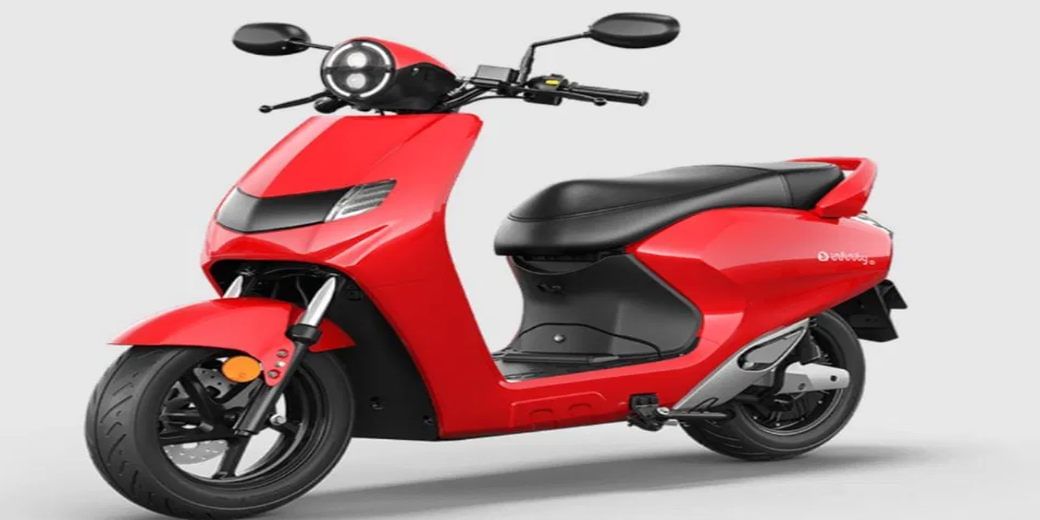Electric two-wheelers to get expensive
The overall corpus of subsidies for them under FAME-2 will rise from Rs 2,000 crore to Rs 3,500 crore. Since 90% of EVs currently running on Indian roads are either 2 or 3 wheelers, the subsidy cut will have a substantial impact.

The government is considering slashing the subsidies currently available to 2-wheeler EVs to 15% of its ex-factory price, from its current 40%. However, the overall corpus of subsidies for them under FAME-2 will rise from Rs 2,000 crores to Rs 3,500 crores. Since 90% of EVs currently running on Indian roads are either 2 or 3 wheelers, the subsidy cut will have a substantial impact. Read on to know if this will impact your desire to buy an EV.
What is the hype around FAME-2?
The aim of Faster Adoption and Manufacturing of Hybrid & Electric Vehicles (FAME) subsidy scheme in India was to widen the adoption net for electric vehicles in India by incentivising the buyers. Launched in 2019 and further extended till March 2024, with a total outlay of Rs 10,000 crores. Per its guidelines, it would support upto 10,00,000 electric two wheelers and 35,000 four-wheeler EVs, along with e-buses, electric three-wheelers and more.
However, many key EV players like Okinawa and Hero were found to be flouting key conditions required to claim these subsidies, while claiming them at the same time. Per the policy, at least 50% of all components used in the vehicle had to be locally sourced. Since investigations on whether this move was made out of genuine material dearth or intentional cost-cutting, over Rs 1,000 crores of subsidy payouts are on hold.
Till date, the scheme has benefited around 5.63 lakh two-wheelers so far. Despite EV sales breaching the 10 lakh mark in FY2023 for consecutive 6 months, India falls behind its Asian peers in terms of EV adoption.
Laggard EV adoption
Data from S&P Global Ratings noted that EV penetration in India last year was a meager 1.1%. In contrast, China stood out with 27.1%, followed by South Korea at 10.3%. India is also way behind from the average asian adoption rate of 17.3% and the global rate of 13%.
Clearly, this is not in sync with the government’s ambitious projections of 30% EV penetration in the country by 2030. However, despite the current subsidy cut leading to a rise in price per unit, the move is estimated to benefit a larger number of people in the long run.

